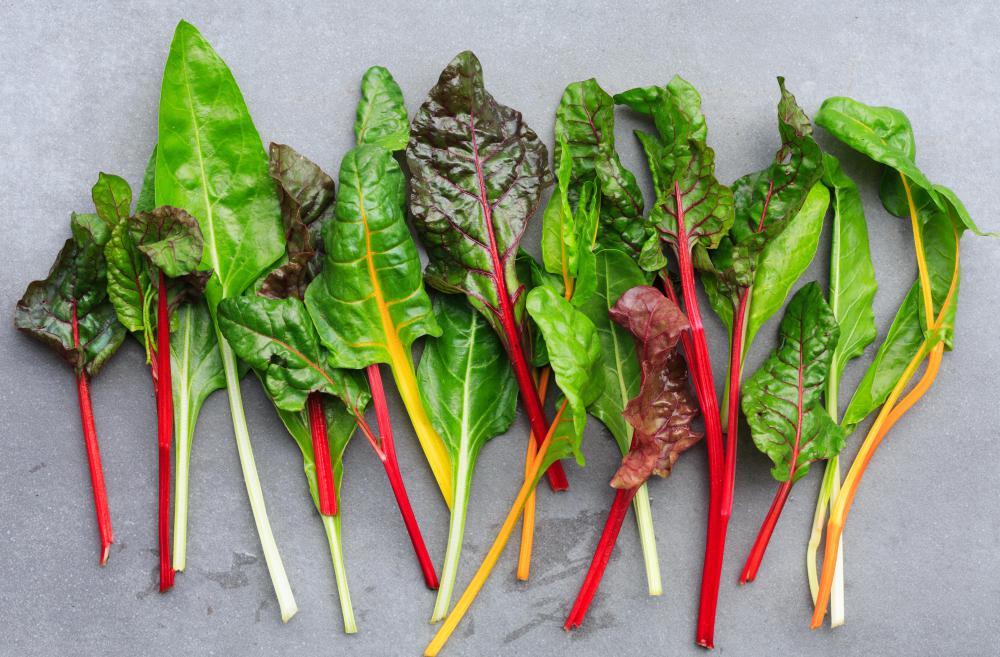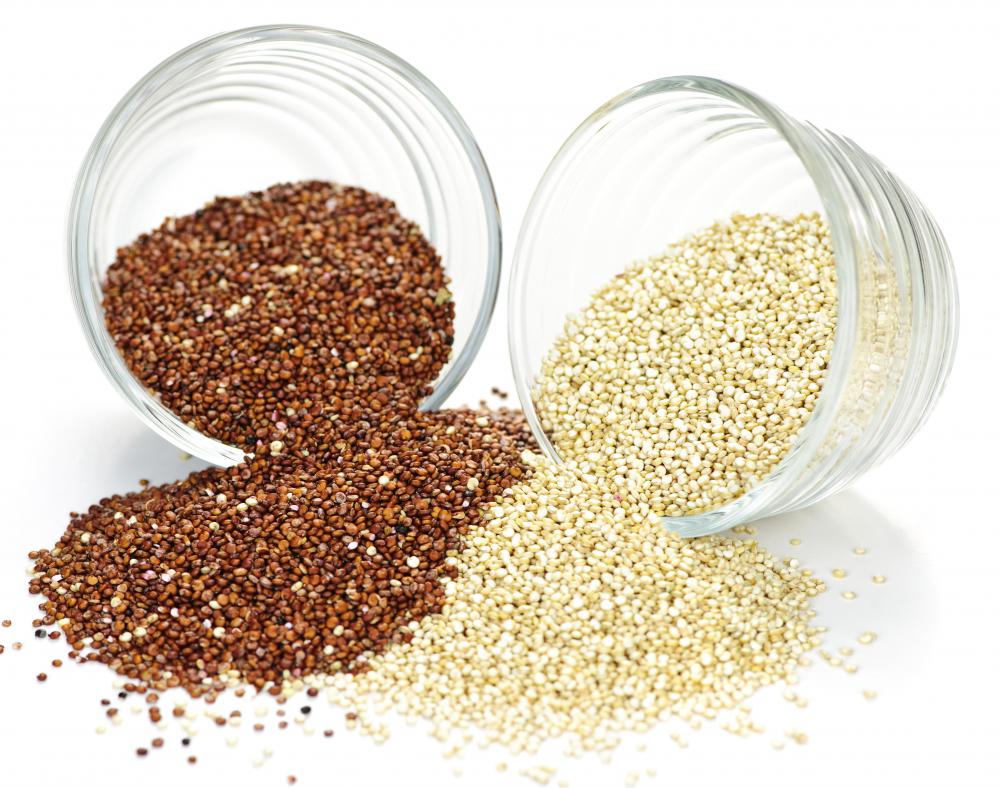At HomeQuestionsAnswered, we're committed to delivering accurate, trustworthy information. Our expert-authored content is rigorously fact-checked and sourced from credible authorities. Discover how we uphold the highest standards in providing you with reliable knowledge.
What is Chenopodiaceae?
Chenopodiaceae is the scientific name for a large and diverse family of plants that are typically characterized as weeds or shrubs. The family is comprised of more than 1,400 species, most of which have evolved to tolerate poor, dry, and even salty soils. Generally, these plants are found in dry or desert conditions, on prairie or pasture land, and along the seashore. Some are succulents and appear similar to cacti. Members of the family could be evergreen or deciduous, and they may be annual, perennial, or biennial.
This family of plants is also known as the chenopod family or goosefoot family. The taxonomy system of the Angiosperm Phylogeny Group (APG) — a commonly-used plant naming system — does not recognize Chenopodiaceae as a distinct family. Rather, APG combines Chenopodiaceae with the family Amaranthaceae, calling it Chenopodiaceae Amaranthaceae, or just Amaranthaceae.

Some of the more commonly-known plants included in the Chenopodiaceae family are pigweed, Russian thistle, fourwing sagebrush, and greasewood. Other plants include goosefoot, salt brush, lamb's quarter, burning bush, and Mexican tea. Edible plants in the family include beetroot, sugar beet, Swiss chard, quinoa, and spinach.
The plants of Chenopodiaceae, also called Chenopods, are typically not highly attractive. They have small, inconspicuous flowers and simple leaves of a gray-green color. The pollen produced is very light and the plants are easily wind-pollinated. Chenopods bloom in summer and fall, and can contribute to fall allergies. Goosefoot, Russian thistle, burning bush, and lamb's quarters are associated with hay fever.

In many areas, Chenopods have the tendency to become invasive, meaning that they will self-sow and reproduce prolifically, smothering out other, more desirable, plants. The United States Department of Agriculture (USDA) has specifically identified three members of the Chenopods as recognized invasive species: common lamb's quarters, white goosefoot, and Mexican tea. Russian thistle can be prolific on grazing lands and is considered an agricultural weed in pastures. The spines of the plant are often found embedded in the tongues of cows and can lead to serious infection.

Chenopods that are commonly grown in home gardens include sugar beets, Swiss chard, and spinach — all of which are biennials, meaning they produce leaves and roots in one season, and flowers and seeds in the next. Typically, these plants are harvested as roots or leaves during the first year of production and are never allowed to set seed. This prevents their invasive nature from becoming a nuisance in the home garden. For home gardeners who wish to collect seeds from their own plants, some plants must be allowed to remain in the garden into the second year. In order to prevent cross pollination and the production of unwanted varieties, different varieties should be planted at least 500 feet (about 150 m) apart.
AS FEATURED ON:
AS FEATURED ON:














Discussion Comments
Like the article states lamb's quarter is in the chenopodiaceae family, and like spinach, it is edible. You can use the leaves and shoots in salads. You can also cook mature leaves and eat them like you would any other greens.
You can use the leaves to make a poultice for arthritis, or chew raw leaves for a toothache. I haven't tried it, but my husband's great aunt swears by it.
Post your comments